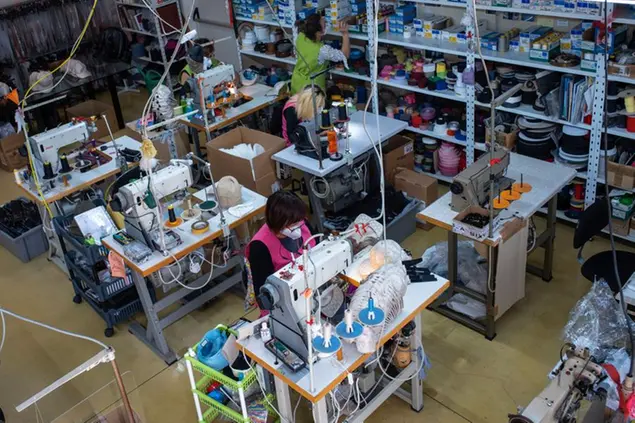- L’ultimo rapporto annuale dell’Inps fornisce dati sui contagi nel settore manifatturiero: il contagio dei lavoratori di questi settori è stato in generale molto basso.
- Molte industrie sono rimaste aperte in virtù dalla scelta di lasciare ai prefetti la valutazione delle richieste unilaterali delle imprese in merito alla riapertura di attività «che sono funzionali ad assicurare la continuità delle filiere».
- Decisivi anche i protocolli sottoscritti da sindacati e imprese nelle singole aziende e che hanno regolato, e tutt’oggi regolano, lo svolgimento delle attività lavorative per garantire allo stesso tempo continuità nella produzione e sicurezza dei lavoratori.
Ecco perché questa volta le fabbriche non chiudono come a marzo

06 novembre 2020 • 13:42Aggiornato, 06 novembre 2020 • 22:31